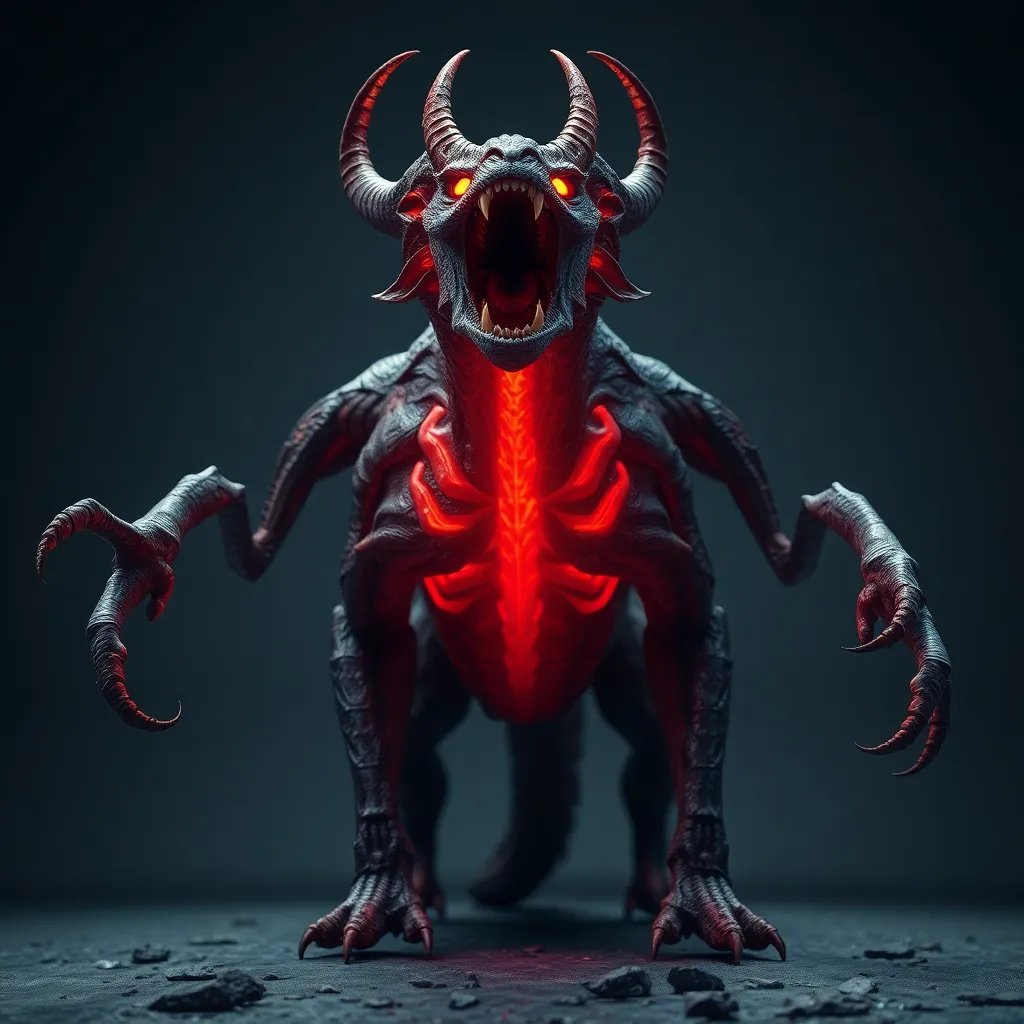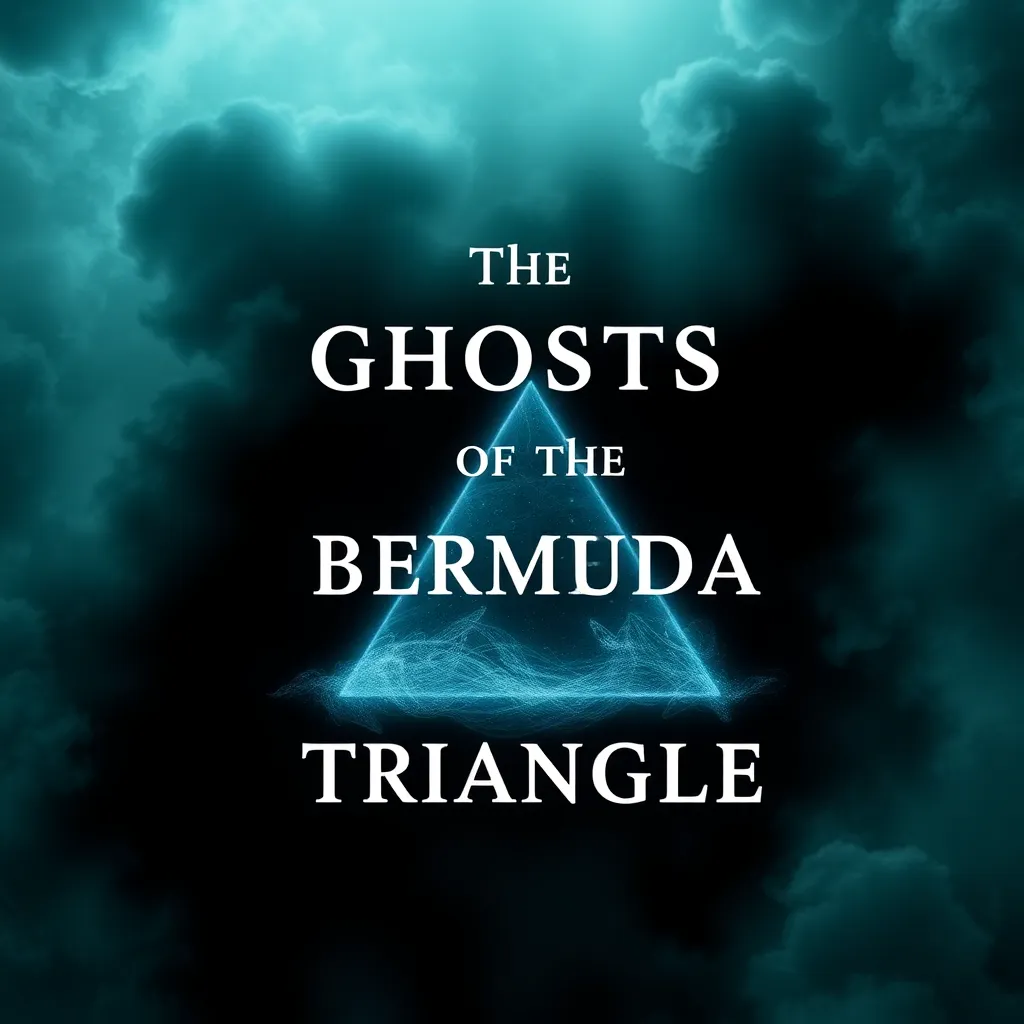The Yeti in the Age of Social Media: Exploring the Myth’s Online Presence and Cultural Impact
I. Introduction
The Yeti, often referred to as the “Abominable Snowman,” is a legendary creature believed to inhabit the Himalayan mountains. This myth has not only captured the imagination of adventurers and explorers but has also played a significant role in the cultural identity of the Himalayan peoples. Historically, the Yeti has been intertwined with the folklore of the region, representing both the mysterious and the uncharted.
In the age of social media, cultural myths like the Yeti have experienced a transformation in how they are perceived and shared. Platforms such as Instagram, Twitter, and TikTok have enabled these legends to thrive in new formats, reaching broader audiences than ever before. This article aims to explore the Yeti’s online presence and the cultural implications of its evolution in the digital landscape.
II. The Origins of the Yeti Myth
The Yeti myth dates back centuries and is deeply rooted in the traditions of the Himalayan cultures, particularly among the Sherpa people. Historical accounts suggest that the Yeti was first described in the 19th century, although stories of a large, hairy creature living in the mountains existed long before then.
Early sightings of the Yeti were often reported by explorers and climbers who traversed the treacherous terrains of the Himalayas. Local folklore depicted the Yeti as a protector of the mountains, a creature both feared and revered. Over time, these tales evolved, and the Yeti became a figure of curiosity, drawing attention from researchers and enthusiasts alike.
As the legend spread, the Yeti transitioned from a local myth to a subject of global fascination, culminating in various expeditions and media portrayals that contributed to its enduring intrigue.
III. The Digital Transformation of the Yeti
Social media platforms have significantly reshaped the narrative surrounding the Yeti. The rise of memes, viral videos, and user-generated content has allowed the Yeti to maintain a vibrant online presence. Here are some ways in which social media has impacted the Yeti myth:
- Viral Content: Videos and images of alleged Yeti sightings have gone viral, igniting discussions and debates among users.
- Memes: The Yeti has become a popular subject for memes, often humorously depicting the creature in various contexts.
- Hashtags: Trends such as #YetiSighting and #AbominableSnowman have gained traction on platforms like Instagram and Twitter, creating a community around the myth.
This digital engagement has not only kept the Yeti myth alive but has also invited new interpretations and narratives, demonstrating the fluidity of folklore in the digital age.
IV. The Yeti as a Symbol in Modern Culture
In contemporary culture, the Yeti has been represented in various forms of media, including:
- Films: Movies such as “Smallfoot” and “Abominable” have depicted the Yeti in endearing ways, often portraying it as a misunderstood creature.
- Books: Numerous books, both fiction and non-fiction, explore the mythos of the Yeti, contributing to its allure.
- Merchandise: The Yeti has become a popular icon for various products, from toys to apparel, capturing the fascination of diverse audiences.
Moreover, the Yeti has emerged as an emblem of environmentalism, symbolizing the need to protect the fragile ecosystems of the Himalayas. In a world increasingly aware of climate change, the Yeti serves as a metaphor for the unknown and the mysteries that nature holds.
V. Case Studies: Viral Yeti Content and Its Impact
Several viral posts have significantly influenced public perception of the Yeti. For instance, a widely circulated video claiming to show a Yeti in the snow sparked a flurry of social media activity, with users debating its authenticity and sharing their thoughts. Such content often leads to:
- Increased Engagement: Users become more engaged with the myth, leading to discussions that keep the Yeti relevant.
- Influencer Impact: Influencers and content creators play a crucial role in shaping the Yeti narrative, often by sharing humorous or thought-provoking takes on the myth.
- Comparative Analysis: The Yeti’s online presence can be compared to other mythical creatures, such as Bigfoot or the Loch Ness Monster, highlighting the global fascination with cryptids.
These dynamics illustrate how social media not only fosters interest in the Yeti but also allows for a comparative exploration of mythical creatures within a global context.
VI. The Yeti and Cultural Appropriation
While the Yeti has become a popular cultural icon, its commercialization raises questions about cultural appropriation. The myth has been appropriated in various ways, often disconnected from its cultural roots. Some key points of discussion include:
- Commercialization: The use of the Yeti in branding and products often overlooks its significance in Himalayan culture.
- Ethical Implications: The ethical considerations of using the Yeti as a marketing tool raise concerns about respect for cultural heritage.
- Community Perspectives: Voices from Himalayan communities emphasize the importance of maintaining cultural integrity and representation in the face of global commercialization.
This appropriation often dilutes the original myth, leading to a disconnect between the Yeti as a cultural symbol and its portrayal in popular media.
VII. The Future of the Yeti Myth in the Digital Age
Looking ahead, the Yeti’s narrative is likely to continue evolving in the digital landscape. Social media will play a crucial role in shaping public interest and engagement, with potential shifts including:
- New Myths: As new generations engage with the Yeti, fresh interpretations and stories may emerge, further diversifying the mythos.
- Increased Awareness: A focus on environmental issues may enhance the Yeti’s role as a symbol of nature conservation.
- Preservation of Heritage: There will be a growing need to balance the allure of the Yeti with efforts to preserve its cultural heritage amid commercialization.
The ongoing digital transformation offers both challenges and opportunities for the Yeti myth, underscoring the importance of cultural sensitivity in its portrayal.
VIII. Conclusion
In summary, the Yeti’s online presence reflects a complex interplay between myth, culture, and modern technology. Social media has not only kept the legend alive but has also contributed to its evolution, leading to new narratives and interpretations. This phenomenon invites broader reflections on the impact of social media on myth-making and folklore, highlighting the ongoing allure of the Yeti in the modern world.
The Yeti remains a compelling symbol, representing both the mysteries of nature and the challenges of cultural appropriation. As we navigate this digital age, the importance of respecting and preserving cultural heritage becomes increasingly vital, ensuring that the Yeti’s story is told with authenticity and respect.



